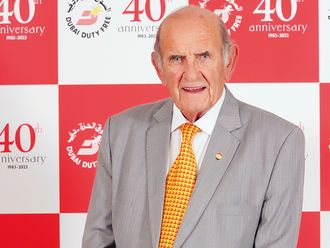Brussels: The Eurozone economy grew faster than expected in the third quarter and unemployment fell to an almost nine-year low, but consumer inflation slowed again in October after two months of faster rises, first estimates and data showed on Tuesday.
The European Union’s statistics office, Eurostat, estimated that the gross domestic product (GDP) of the 19 countries sharing the euro grew 0.6 per cent in July-September from the previous three months and was 2.5 per cent higher than in the same period of 2016.
Economists polled by Reuters had expected a 0.5 per cent quarterly rise and a 2.4 per cent year-on-year gain.
The economic growth helped bring down Eurozone unemployment to the lowest level since January 2009, beating market expectations.
The unemployment rate fell to 8.9 per cent of the workforce or 14.513 million people in September from a downwardly revised 9.0 per cent, or 14.609 million, in August. Economists polled by Reuters had expected an unemployment rate of 9.0 per cent.
But consumer price growth in October eased to 1.4 per cent year-on-year, a Eurostat estimate showed, from 1.5 per cent in the previous two months.
This was mainly because of slower growth of energy prices, which rose 3.0 per cent year-on-year in October, slowing from 3.9 per cent in September, offsetting equally volatile unprocessed food prices which rose 2.8 per cent after 1.5 per cent in September.
Measured without these two most volatile components, inflation slowed to 1.1 per cent in October from 1.3 per cent in September.
The European Central Bank wants to keep the headline inflation number below, but close to 2 per cent over a two-year horizon and last week decided to extend its government bond buying programme that pumps cash into the banking sector, although to reduce it in size.












